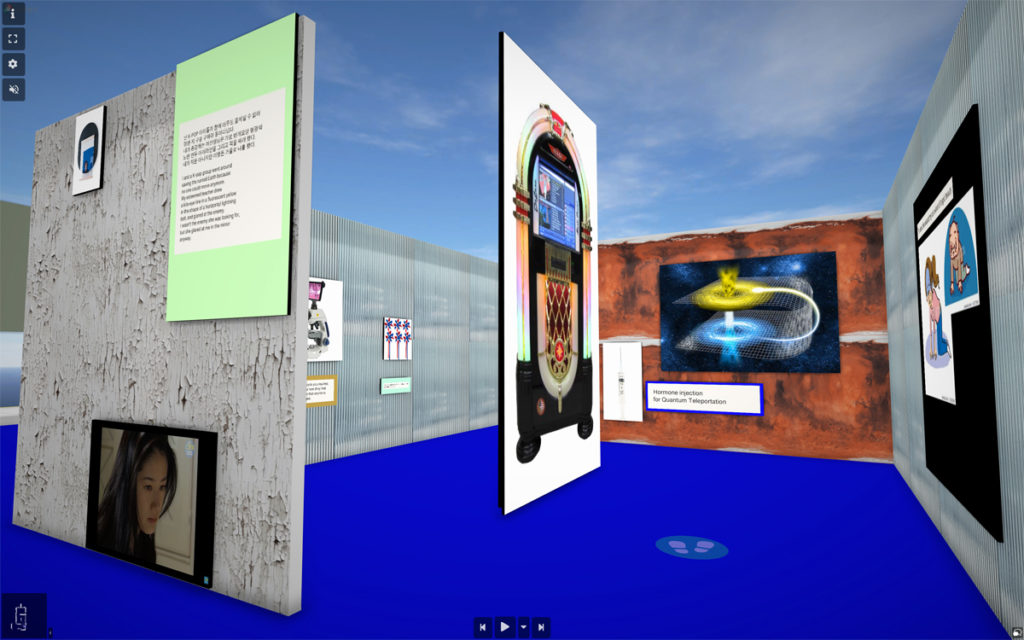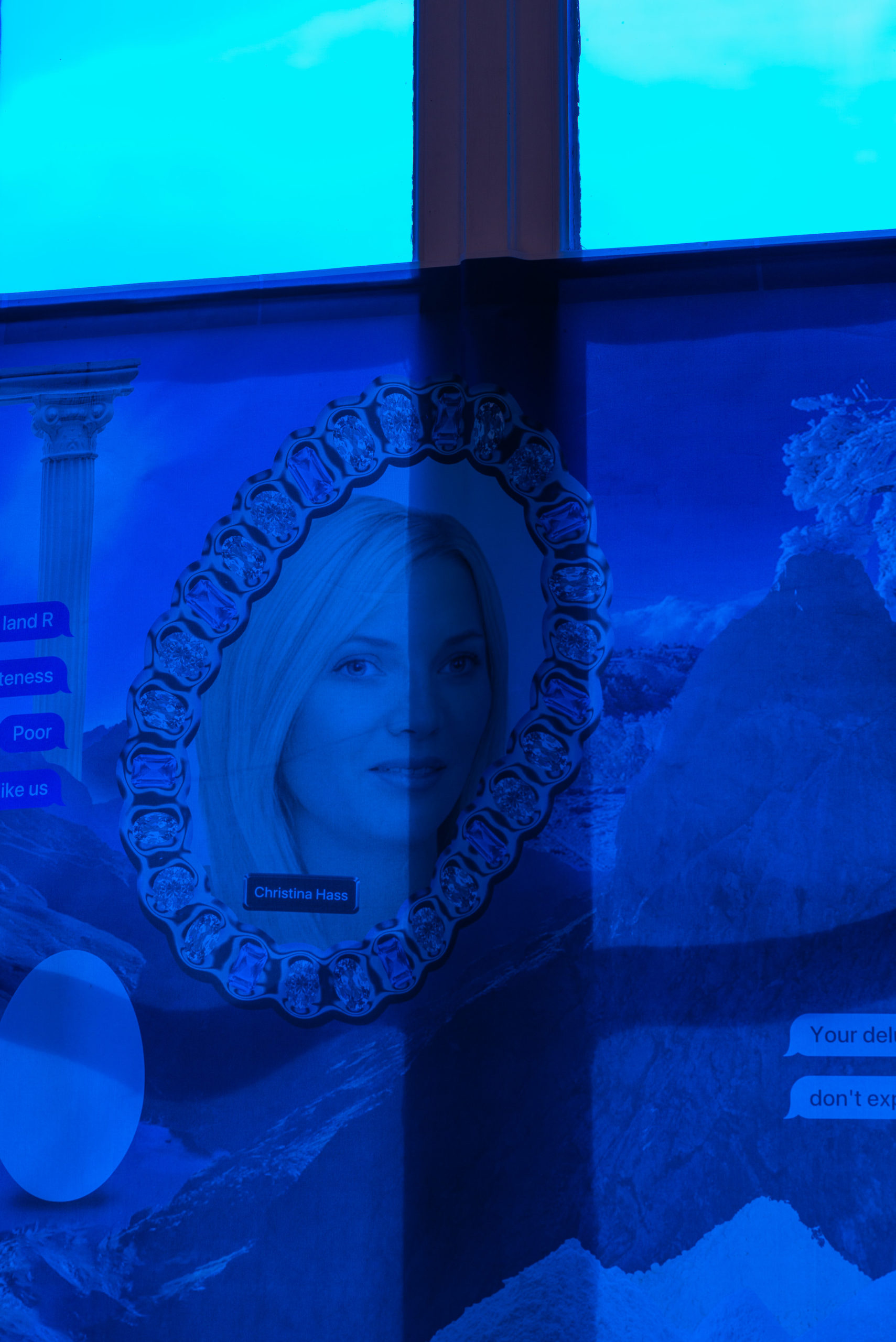
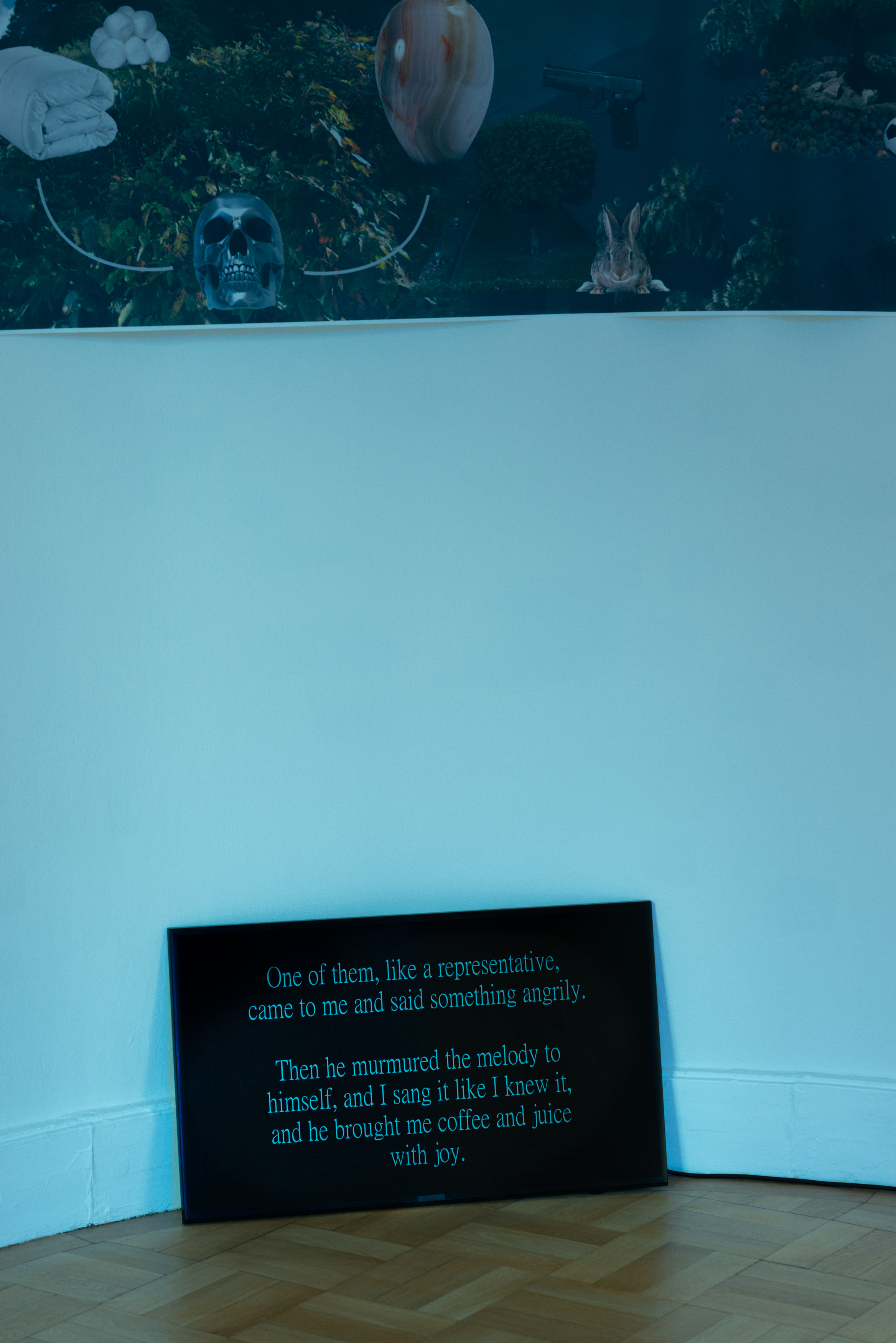
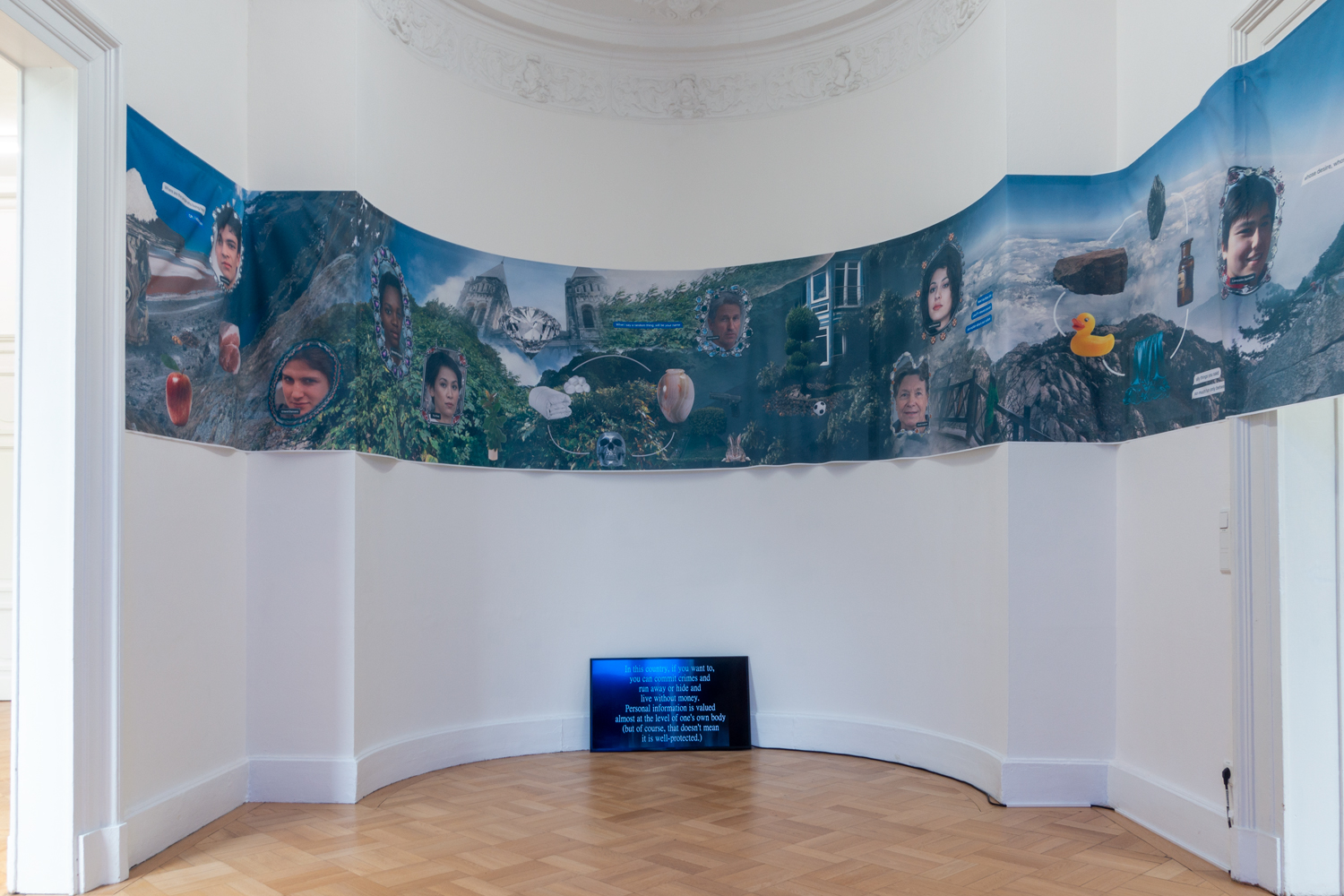
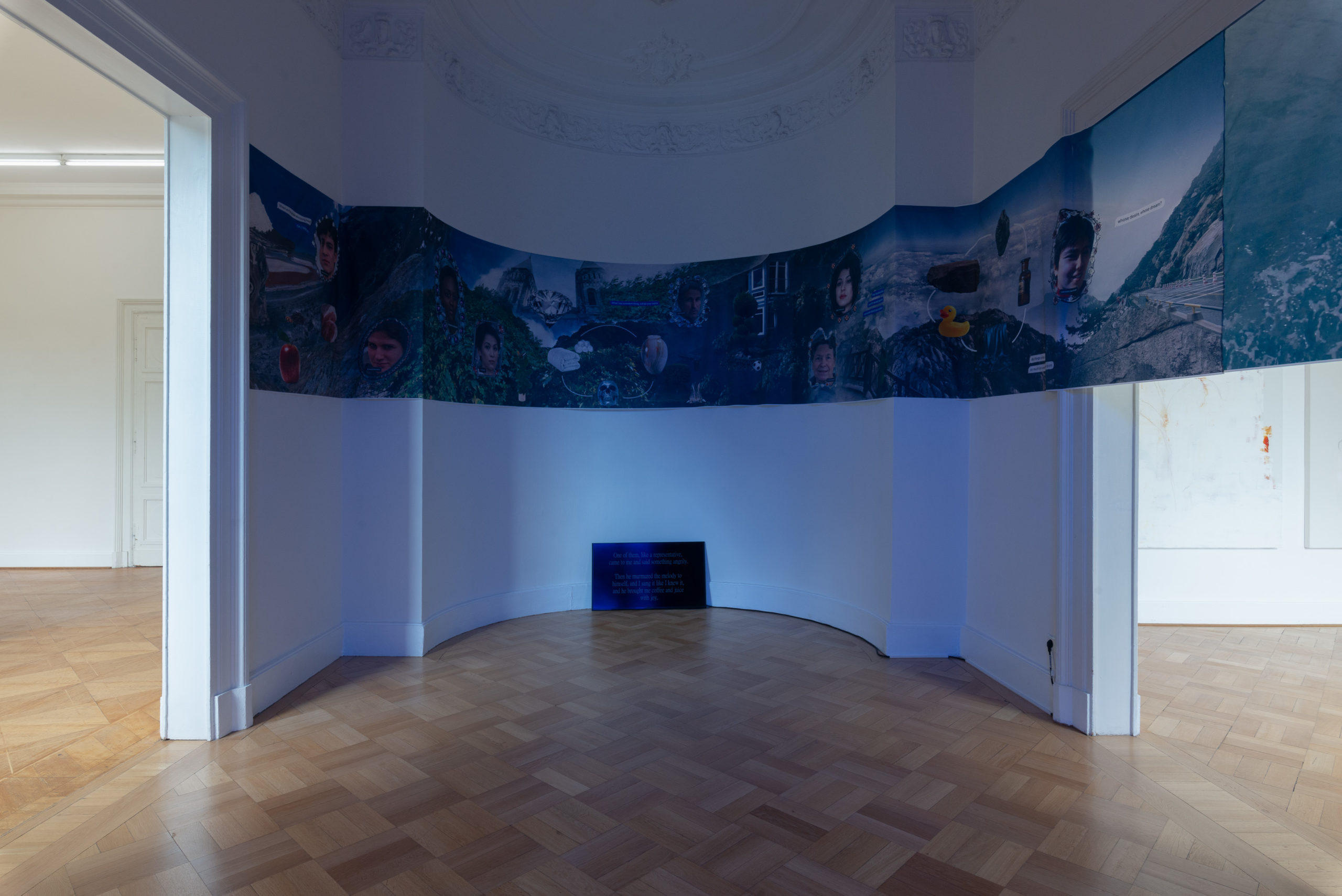
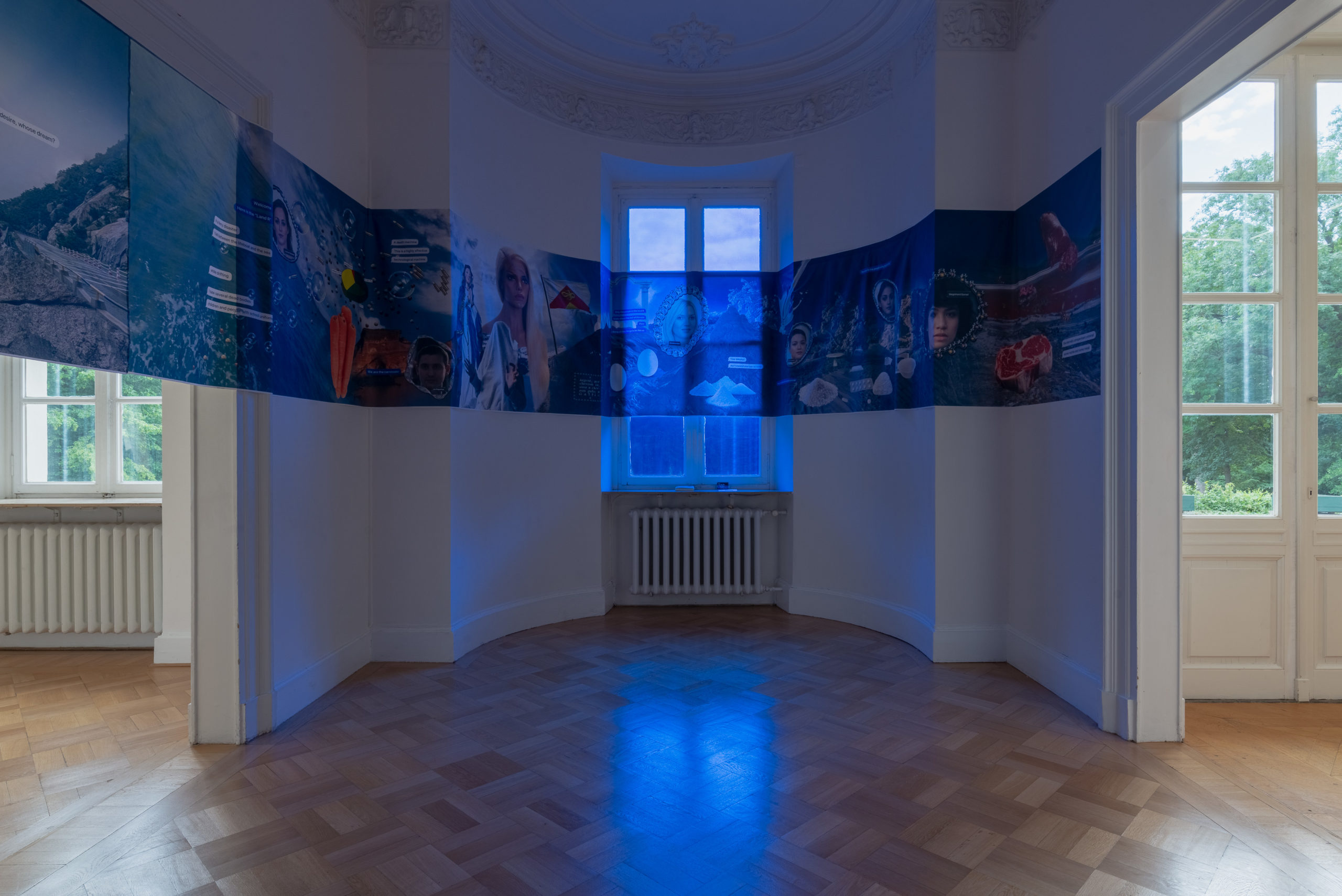
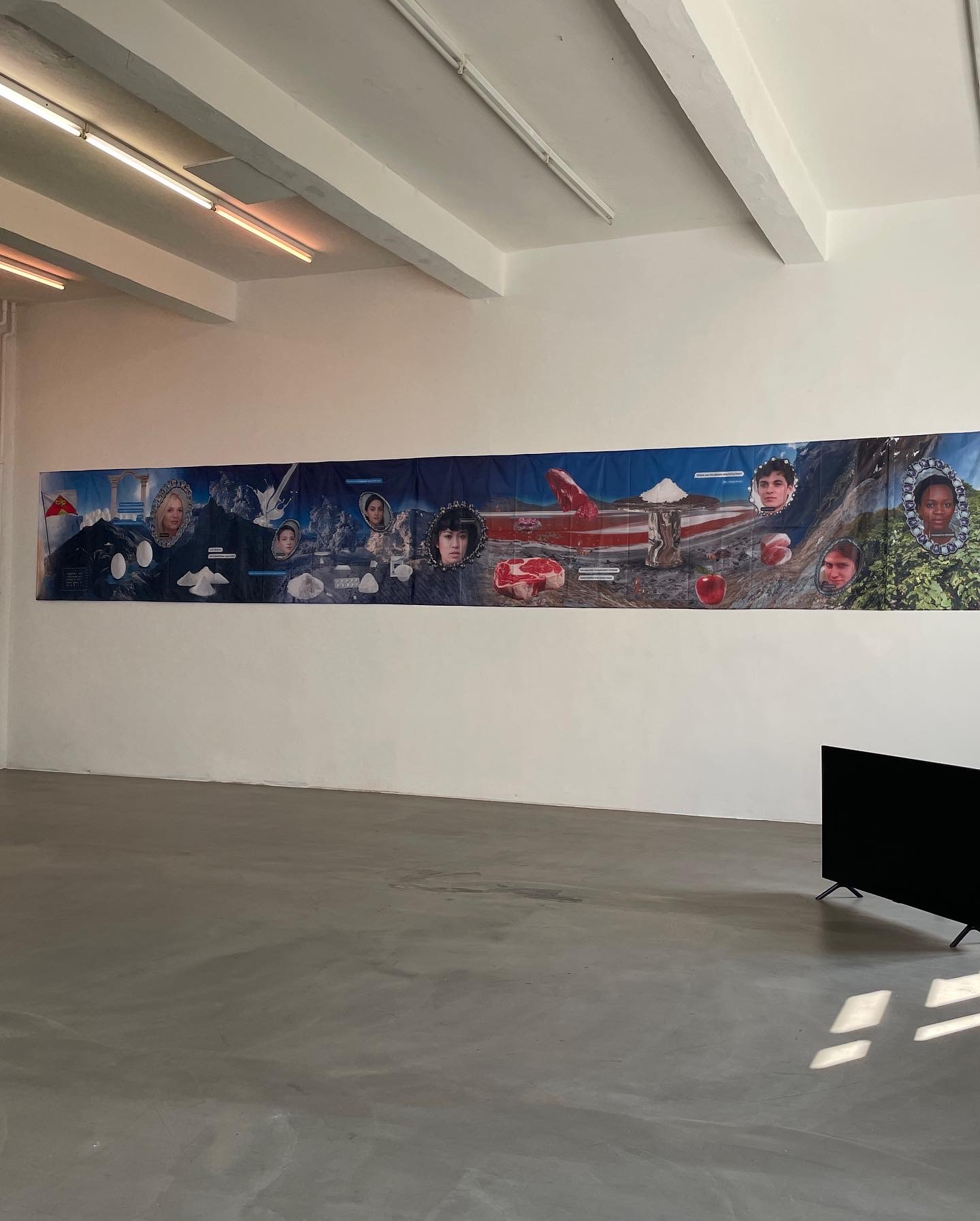
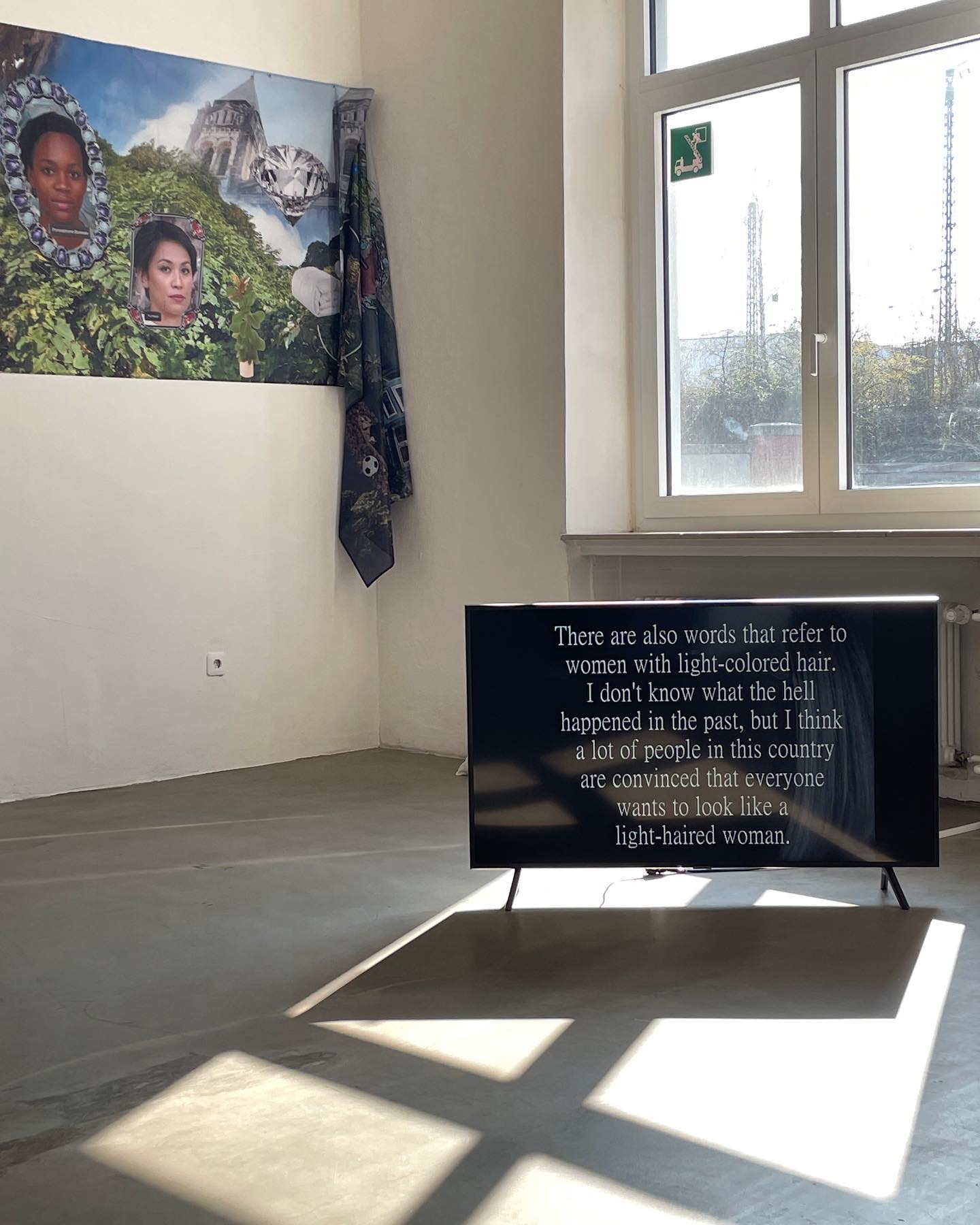
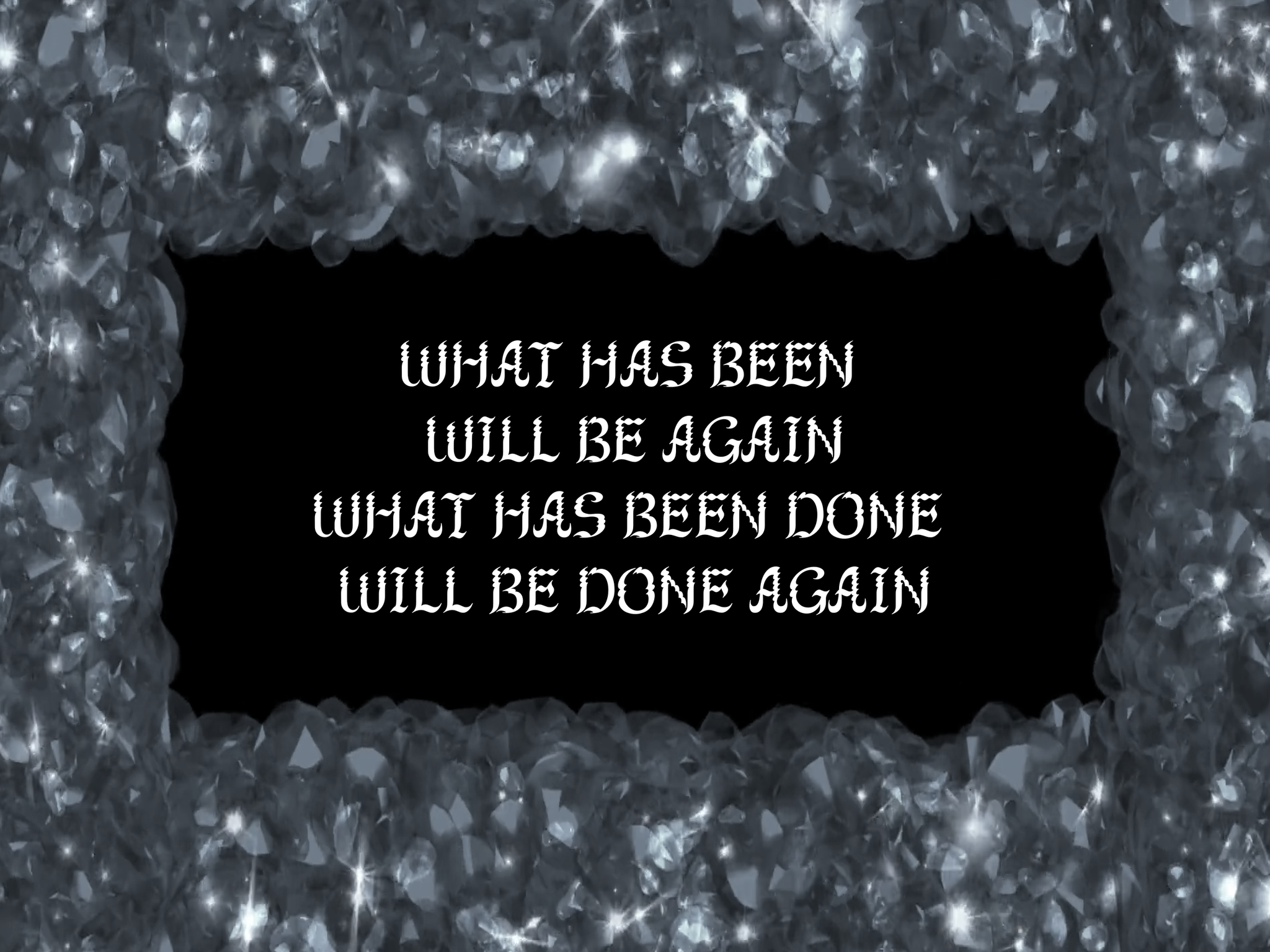
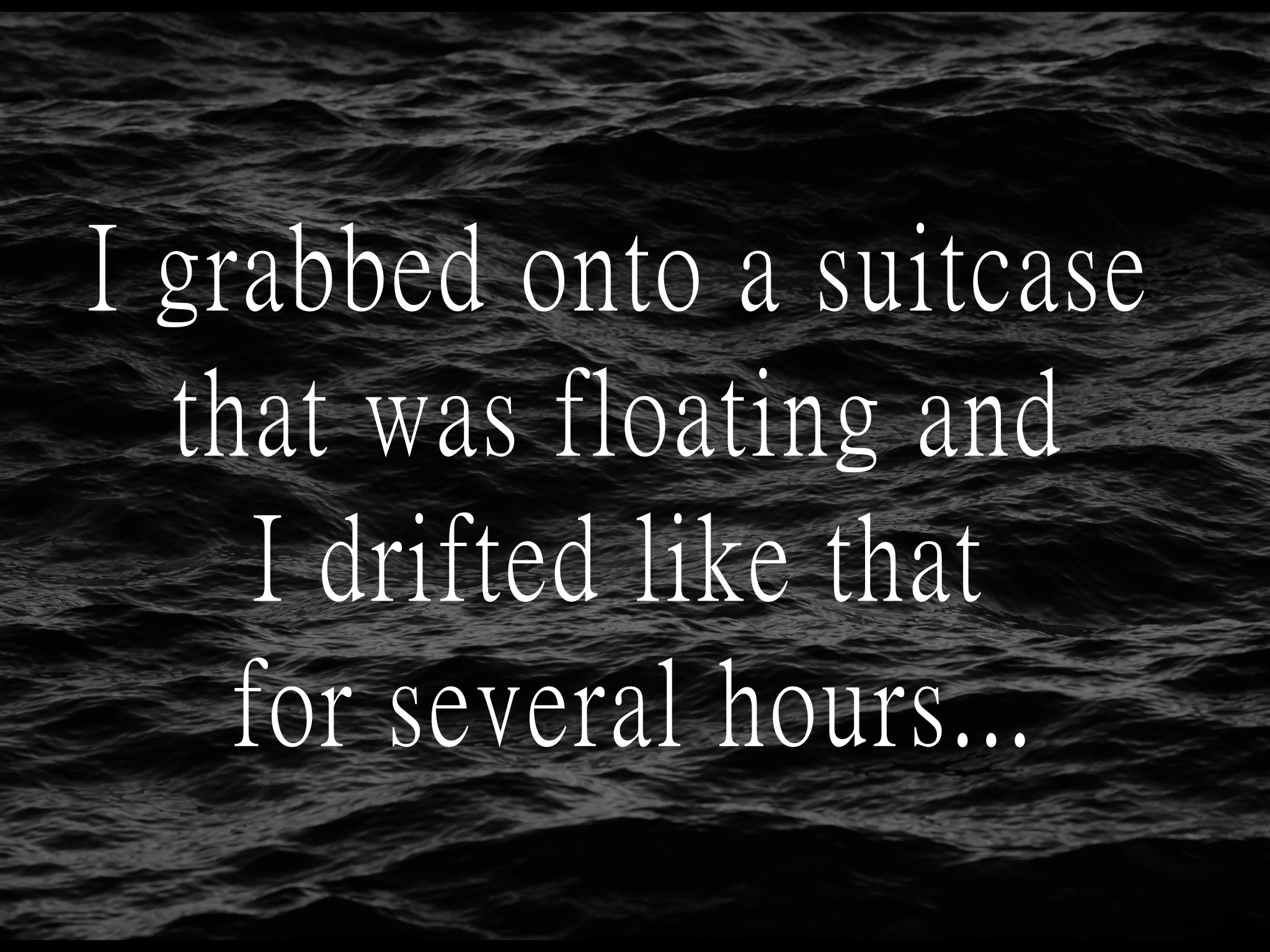
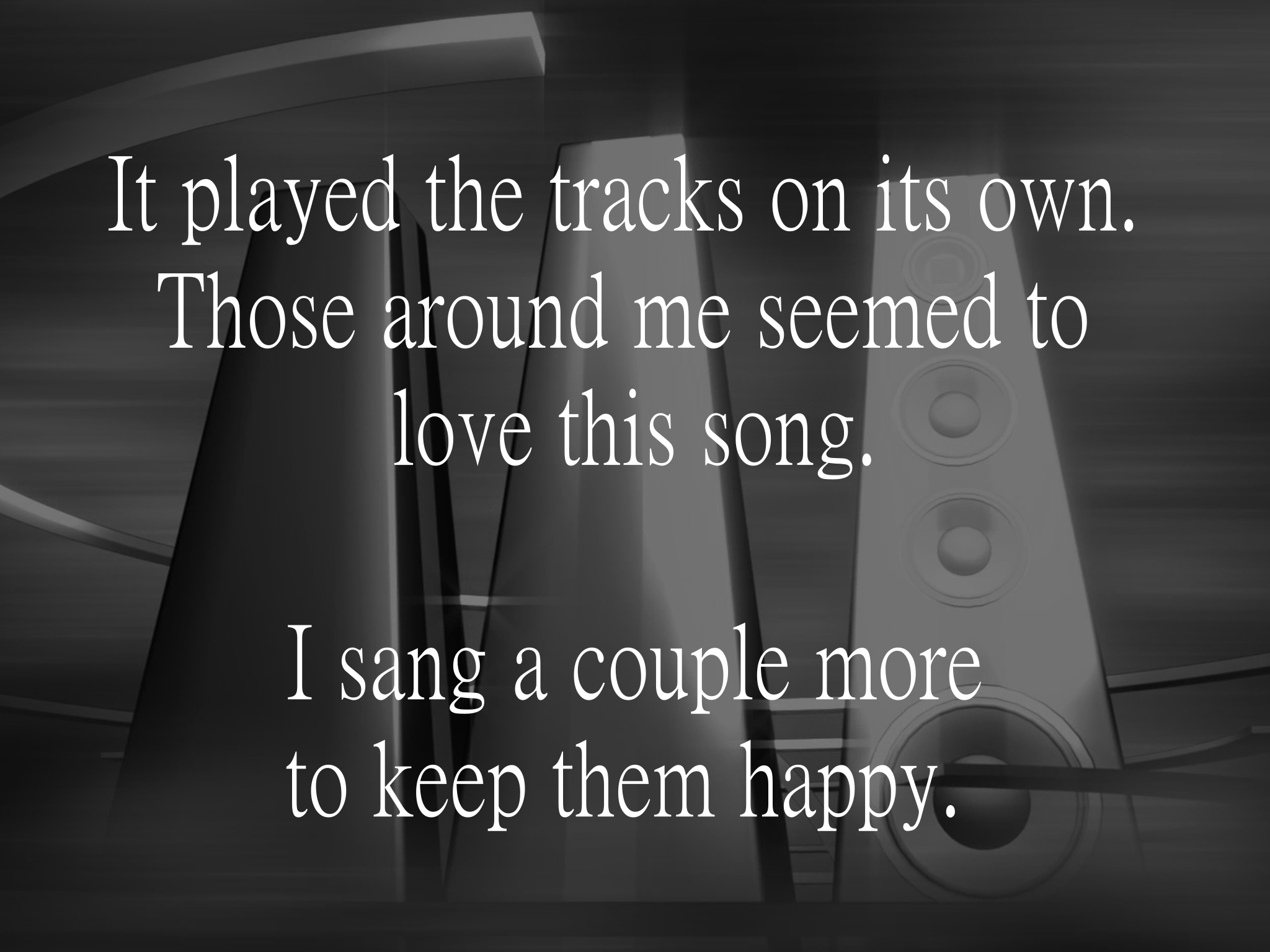
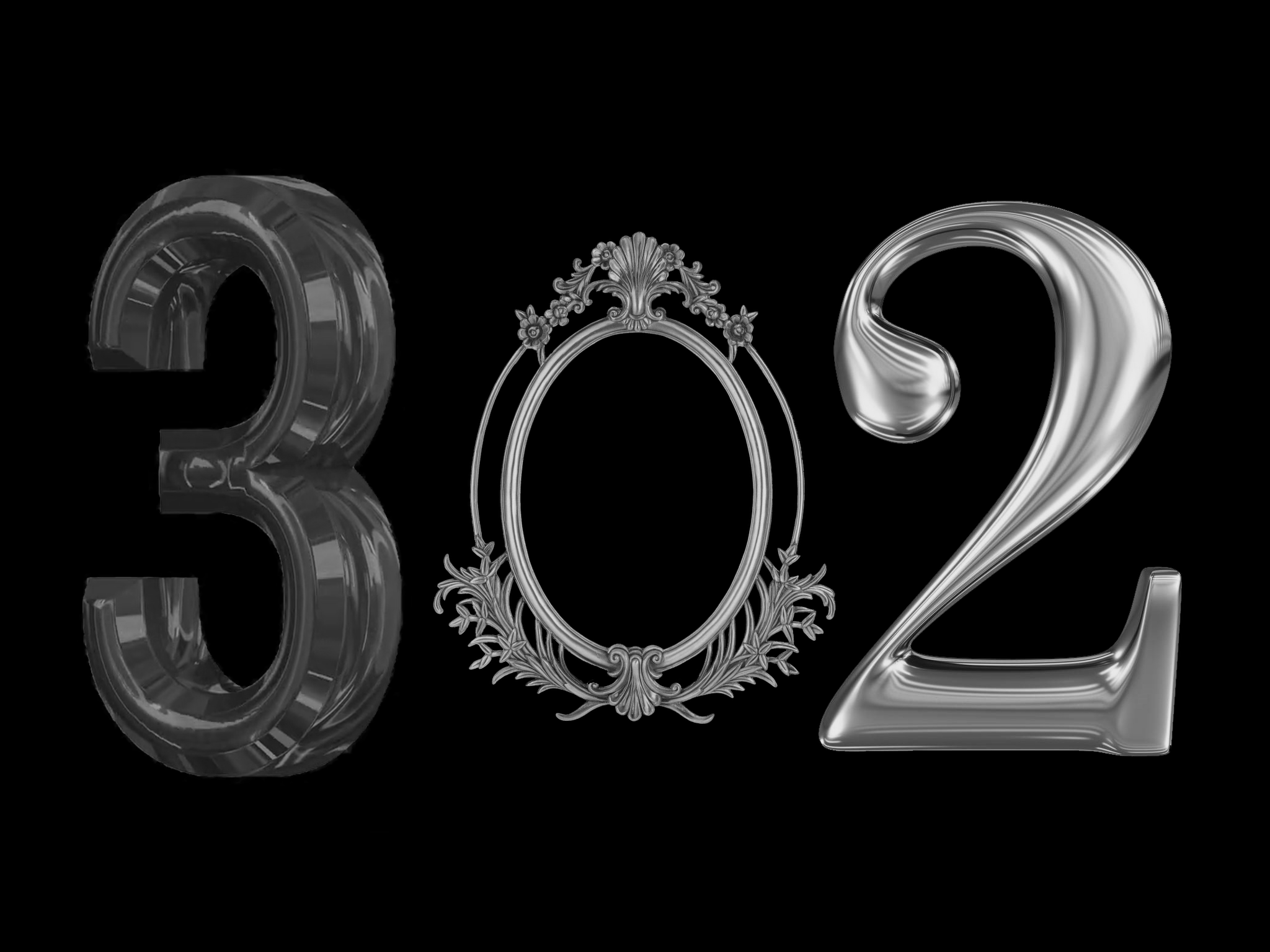
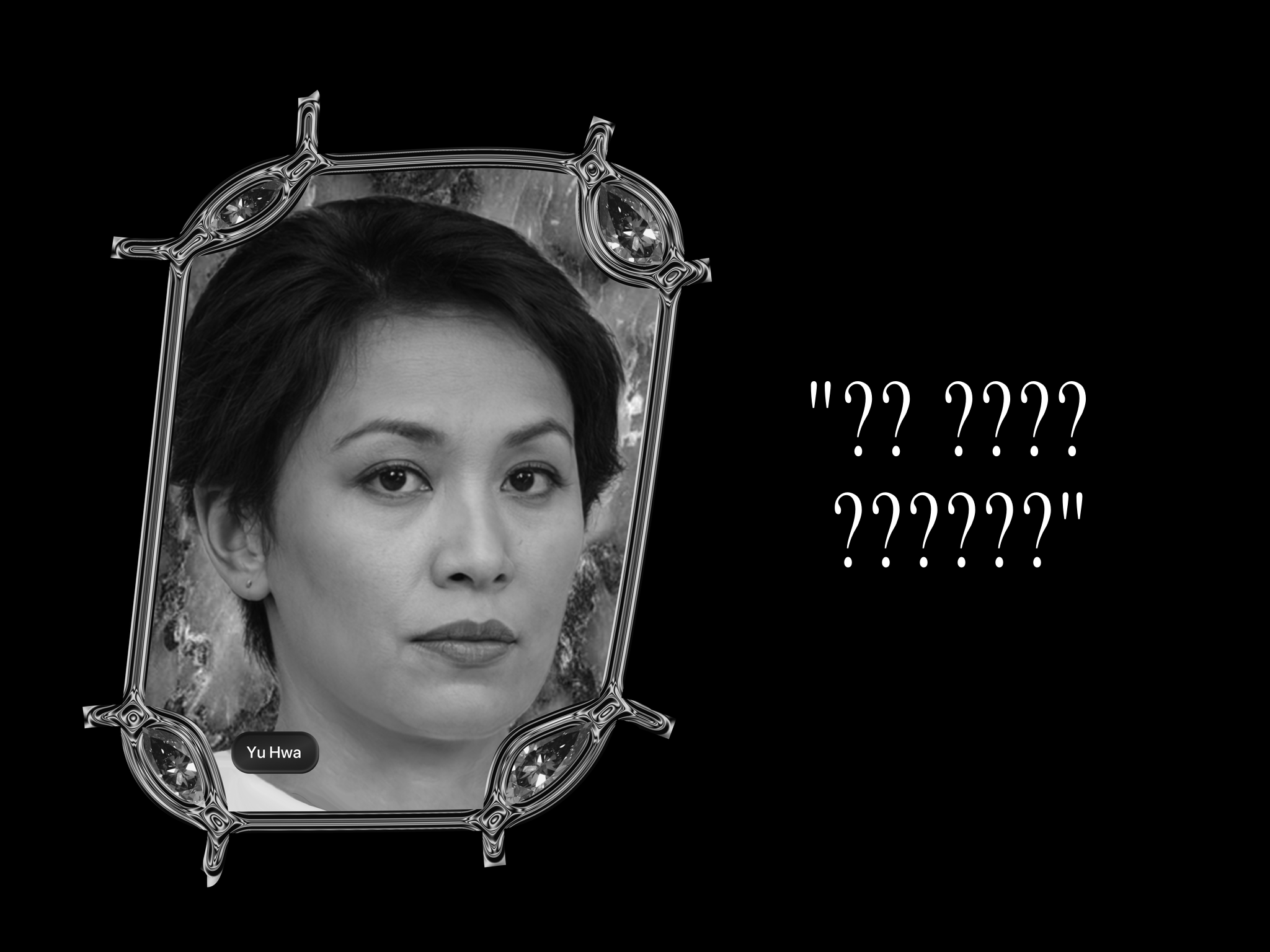
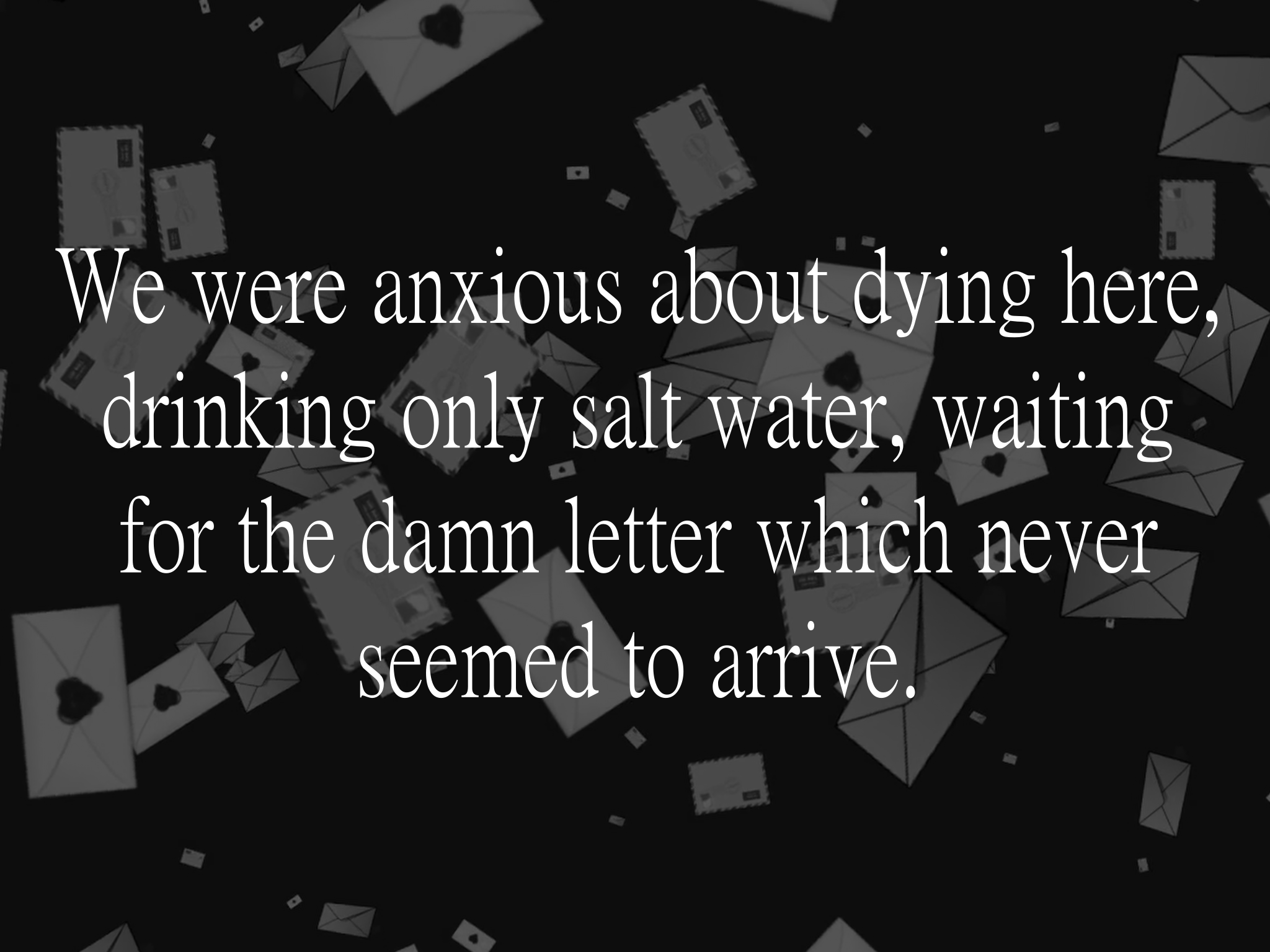
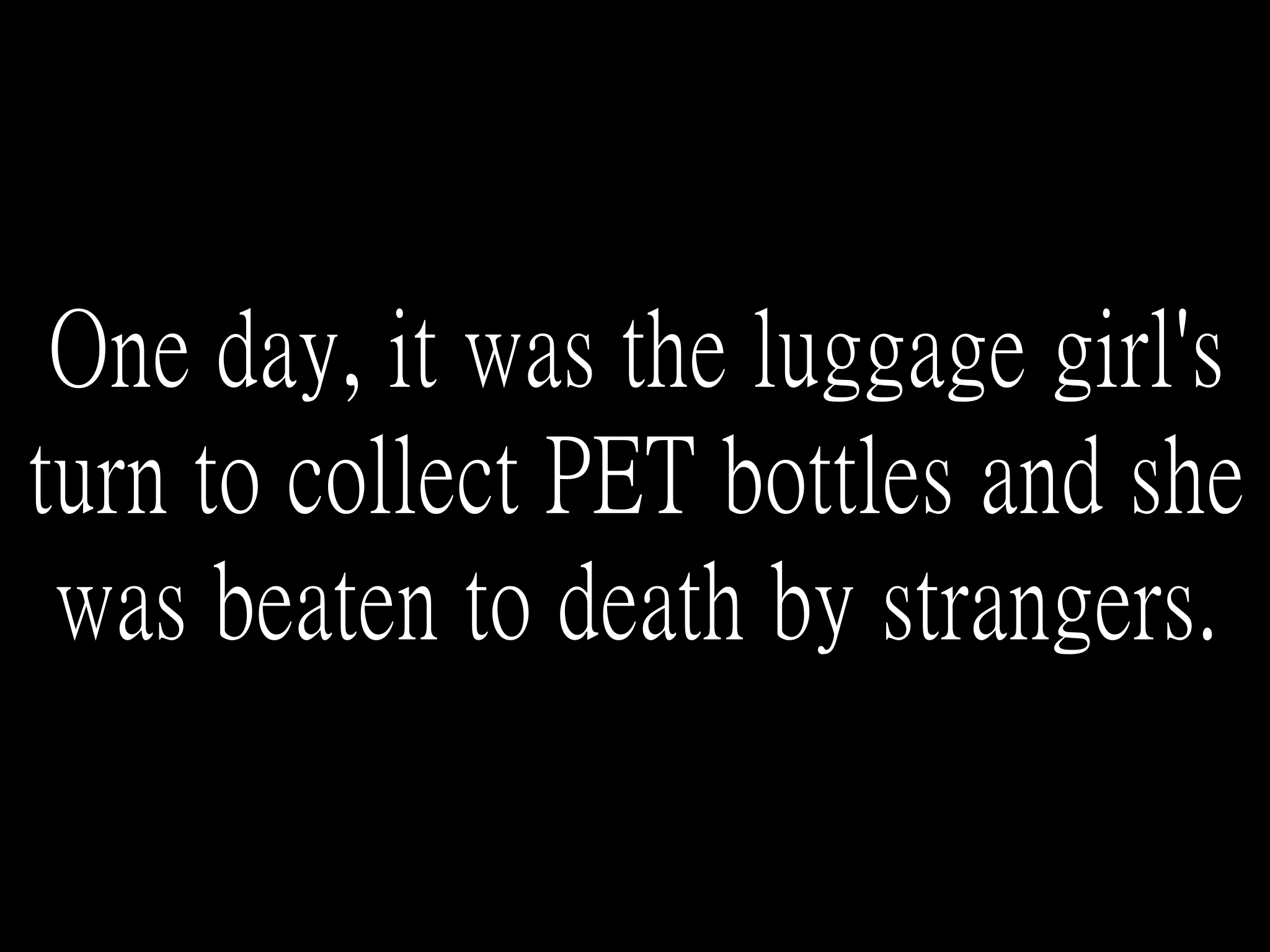
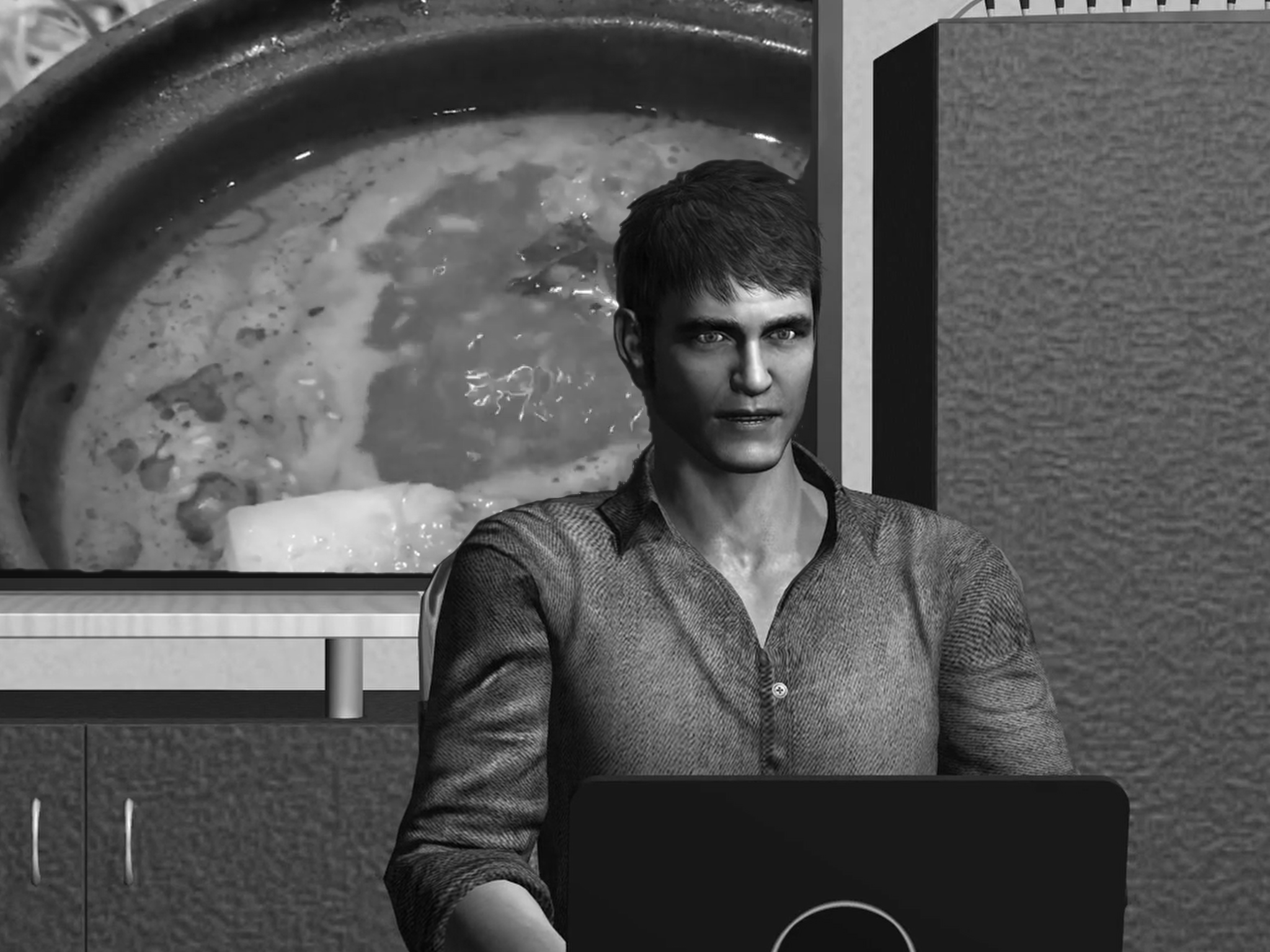
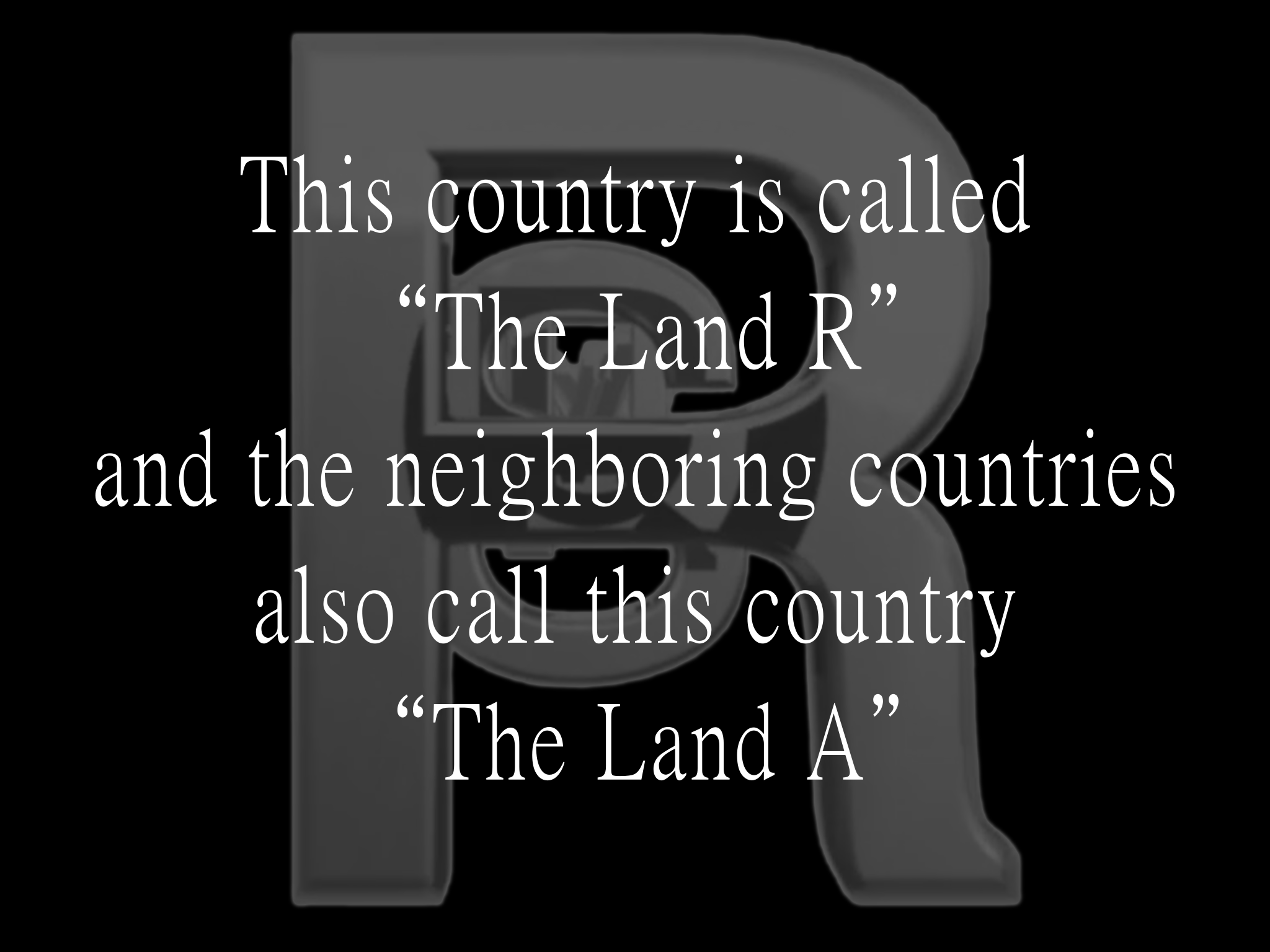
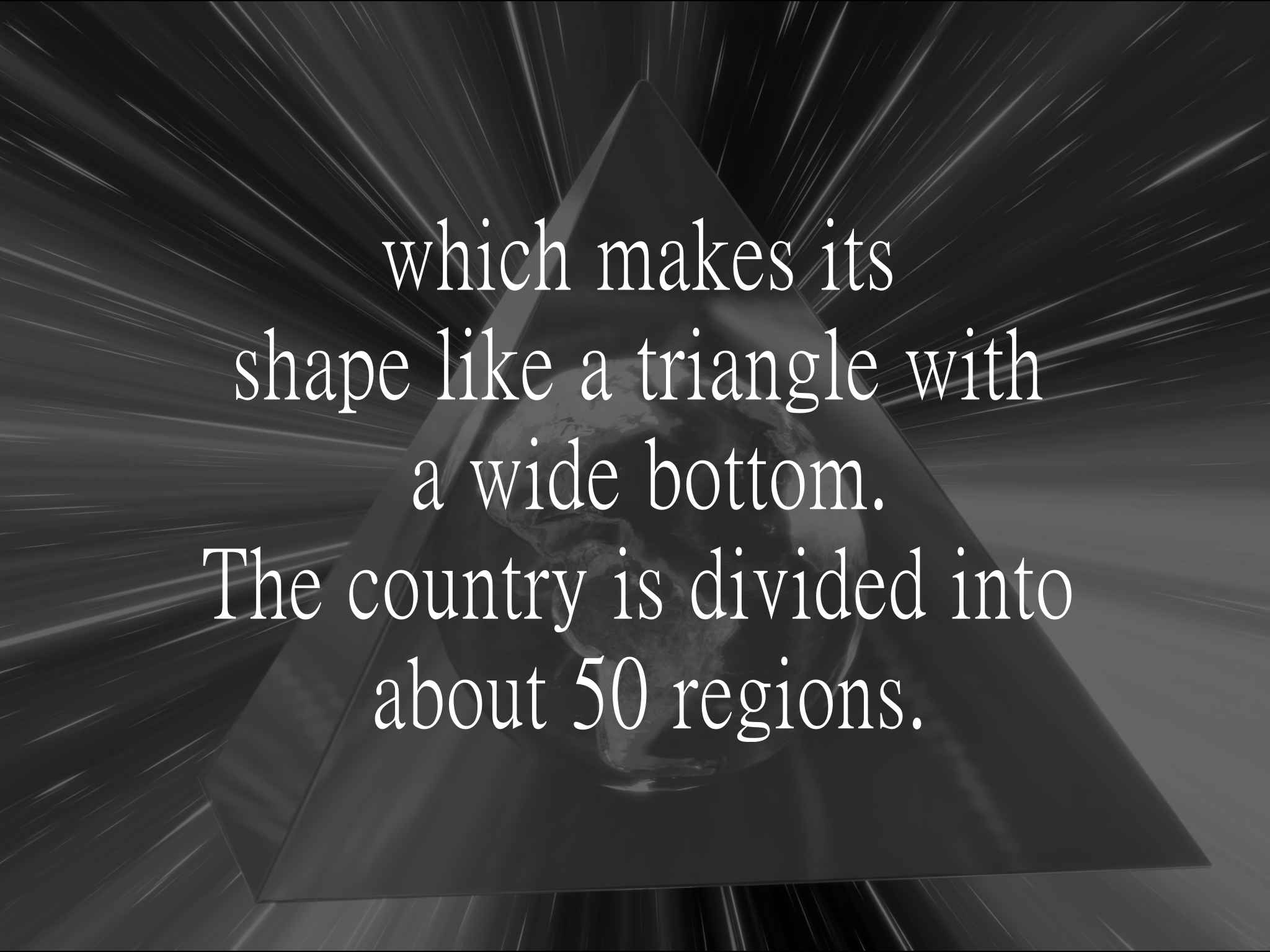
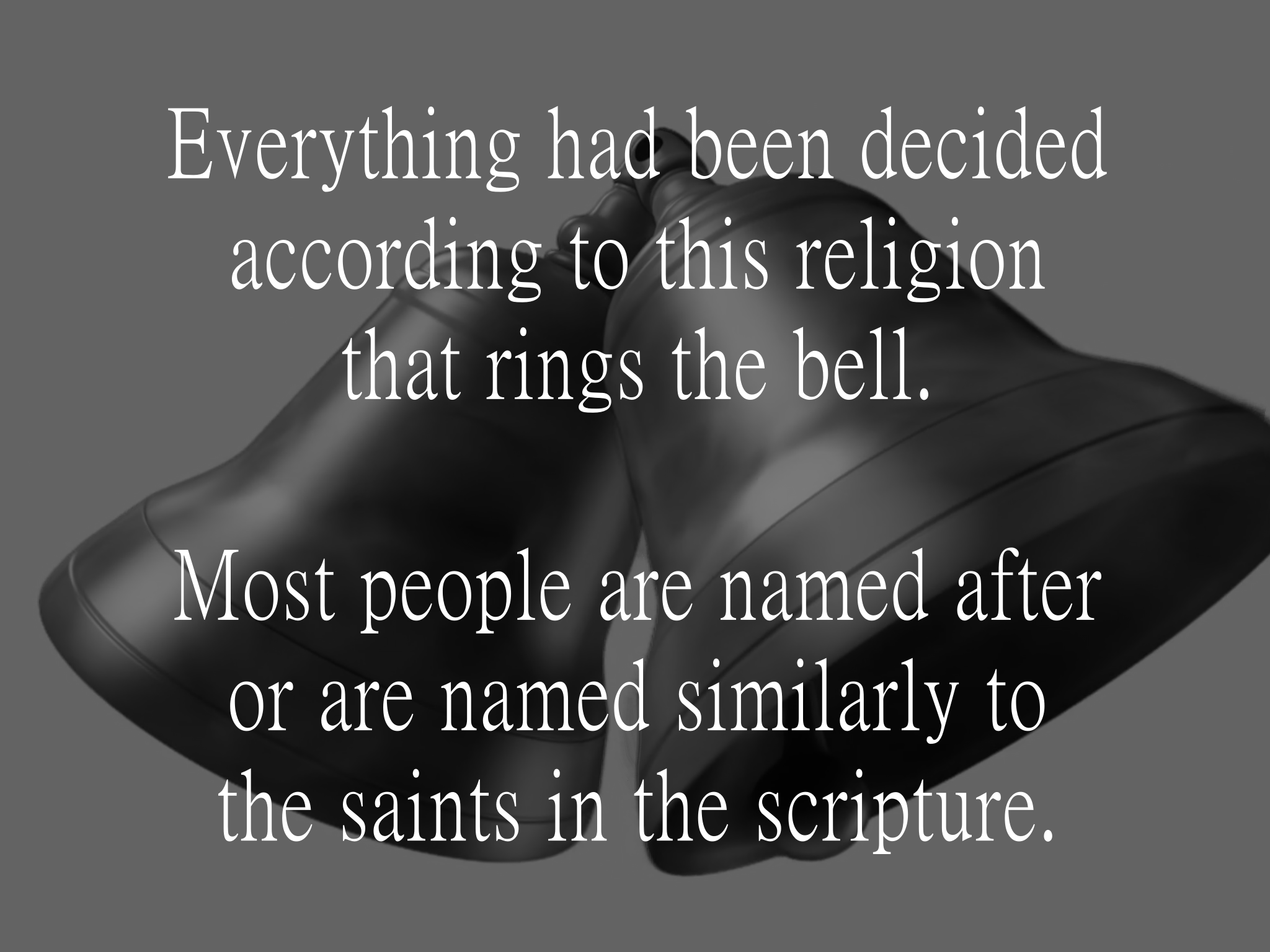
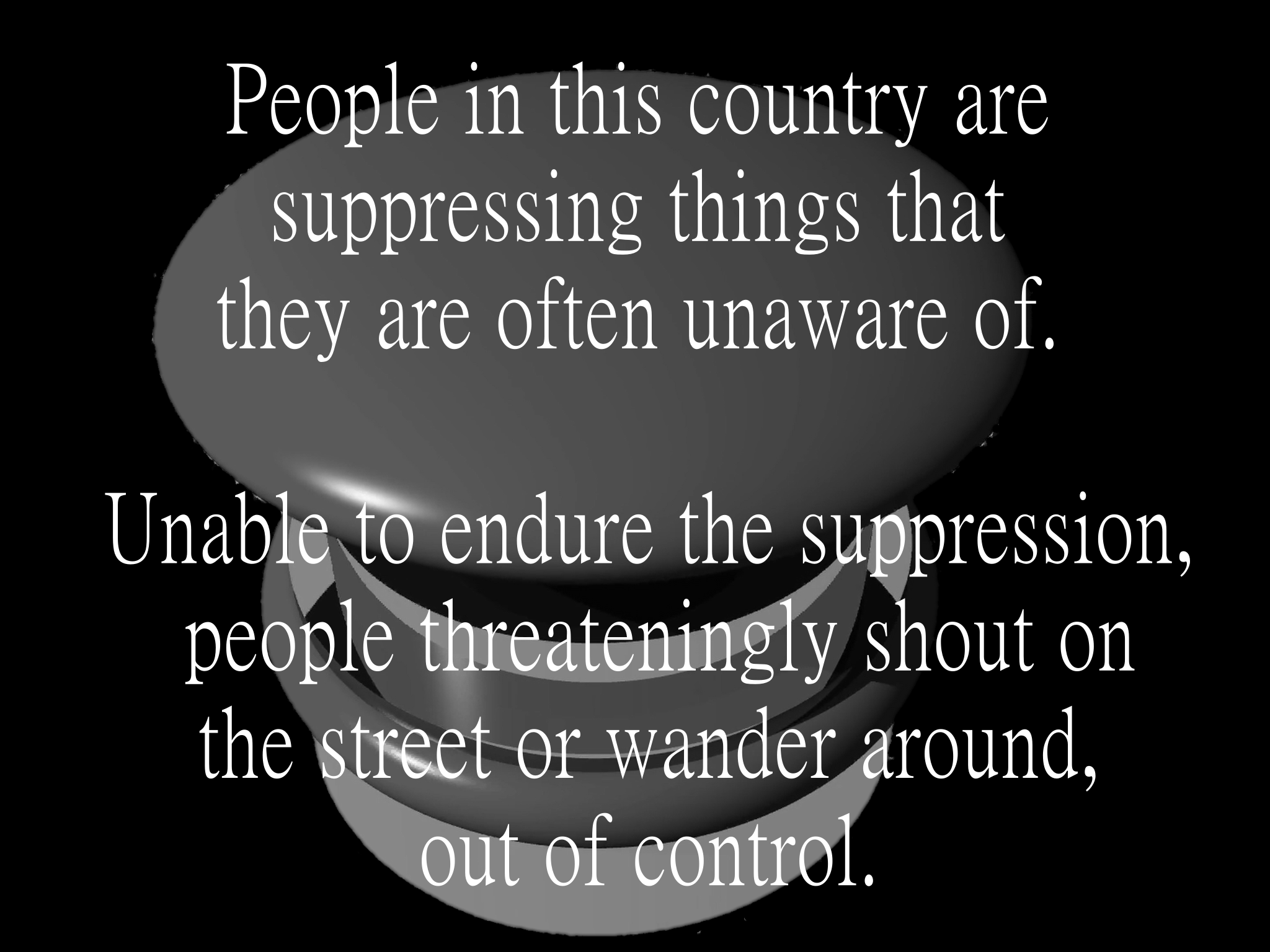
What has been will be again, what has been done will be done again
Digital Print / Video
1835*120 cm, Installation variable / Slient, B&W, 00:43:35
2021
Soft Capsules, Kunstverein Braunschweig, Brunswick, Germany, 2021
gute aussichten – junge deutsche fotografie 2021/2022, Künstlerhaus Dortmund, Dortmund, Germany, 2022
gute aussichten – junge deutsche fotografie 2021/2022, Kulturzentrum Festung Ehrenbreitstein Koblenz, Germany, 2022
gute aussichten – junge deutsche fotografie 2021/2022, Haus der Photografie, PHOXXI Deichtorhallen Hamburg, Hamburg, Germany, 2023
The work combines long panoramic photographs and fictional diary entries in black and white silent film, to follow the story of an imaginary journey into the unknown.
A fictional travelogue with a visual twist, 《What has been will be again, what has been done will be done again》 tells the story of a young Dutchman who is stranded in South Korea and his not-so-direct connections to it. The title is taken from Ecclesiastes 1:9.
The work is an adaptation of ‘The Hamel’s Journal’ and features panoramic photography and silent movie-style video. ‘The Hamel’s Journal’ is the story of Hendrik Hamel’s misfortune in the 17th century when he was stranded on Jeju Island in South Korea, where he lived as a captive for 13 years before returning to the Netherlands.
(‘Detainee’ here means that the government forbade Hamel and his crew to leave the country, as was customary for foreigners).
Hamel was en route to Nagasaki, Japan, in 1653 when he was shipwrecked and ended up on the Korean island of Tamra, now part of the Republic of Korea, Jeju Island. Hamel and his crew of 35 soon meet Jans Weltebree, a Dutchman who had himself been shipwrecked in Korea 27 years earlier and was working for the government at the time. With his help, Hamel was able to get to Seoul (the capital at the time and now) and meet with the king, and they were able to continue to receive food from the king, even while people were starving to death in the war. He was also able to save up some money and buy a house to live in. But his desire to return to the Netherlands was great.
Finally, he buys a boat and tries to smuggle himself to Port Dejima in Nagasaki, Japan, which was a trading port for the Dutch East India Company at the time. It is on this ship that he finally manages to escape.
During his captivity, he is relatively free to live a normal life among the locals, which allows him to record in detail how he experienced Joseon society as a white man in the 17th century, with a sense of wonder and helplessness.
He wrote the book in exchange for 14 years’ worth of wages from the Dutch East India Company.
●The parallels between Hamel and myself
I’ve come to realize that Hamel’s situation and mine are very different, but also very similar. The time period, race, and geographic place are warped into my current situation. Hamel worked for the Dutch East India Company, the company that managed the colonies, and I received a European and American education. By making art, I tried to overcome the colonial ideas that were instilled in me.
Especially in cases of powerlessness, he can never officially return to his homeland. As for me: I endure discrimination for various reasons, including racism, every day, even within myself. I feel powerless to change my own thoughts, let alone the thoughts of others, because many people perceive me as something different and tend to stereotype and objectify me. And the reasons for this are more complex than just being bad or racist.
For example, he was a person of a different race who was never seen within a 500 kilometer radius during the period from 1653 to 1666, when foreigners were banned from entering the country. Based on his description, I don’t think he would have spoken Korean. He would have been a foreigner, just like me. I draw parallels between my different but similar situations and Hamel’s.

●Panoramic photography
A panoramic photograph with multiple landscapes is divided into approximately five parts. The collaged objects may or may not work with the blurred backgrounds. Inscribed conversations, like text messages, are montaged on the panoramas to describe fictional people, messages, and events encountered during the trip.
In the first part, we see Hamel lost on the water, trade goods from colonial companies, infographics of German arms exports, and a world view of the fictional country of The Land R. The second part is about the twins with the same name.
In the second part, he explored and wondered about identical twins, their unmeltable snowfields, and their obsession with whiteness.
The third is an exploration of marble, marbling, and its connection to food culture, its brutal nature, and its colonial history.
The fourth is about trade, both 17th century trade and the fictionalized trade in the work. I tried to capture the idea of power and insensitivity, the preference for nature itself and the desire to manipulate it to one’s will.
Finally, it’s about alchemy and deception, the belief that one substance can be transformed into another.
●On the elements in the photographs
Portraits: The frames are based on fictional portraits created by A.I., fictional names, looted cultural objects, and the ornate frames found in museums and galleries. (Non-Western portraits are unrealistic and objectified, so it was difficult to find something suitable.)
Background: Zanzibar, Tanzania, a European colony; Qingdao City, Shandong Peninsula, China, a German colony in the late 19th century; and the Alps.
Elements: a history of plundering for nutmeg, cinnamon, pepper, etc., manipulated nature, a cult of “whiteness,” etc.
●The last part of the video about “The Land R”
‘The Land R’ is a fictional country. The framework is borrowed from the last part of Hamel’s Journal, where he talks about the country’s religion, food culture, and people. He uses the same colonial categorization of knowledge that has nothing to do with what’s really important about the country, and I decided to follow suit.
The feeling of being adrift – living in Korea as a woman, living in Germany as a foreign woman from Asia – is represented in a visual narrative that asks if I am a expat or a detainee.
Related readings and pages
- Text: What has been will be again, what has been done will be done again / Agathe Blume
- Text: In the wheel of time: What has been will be again, what has been done will be done again / Marina Sammeck
- Read: Scanned «Journael van de ongeluckige voyagie van ‚t jacht de Sperwer» (en. The Journal of the Unfortunate Voyage of the Jaght the Sperwer
- Read: Dutch typed «Journael van de ongeluckige voyagie van ‚t jacht de Sperwer» (en. The Journal of the Unfortunate Voyage of the Jaght the Sperwer
- Film: Nannook of the North / Robert J. Flaherty
- Exhibition : Soft Capsules / Kunstverein Braunschweig
- Exhibition : gute aussichten 2021/2022
